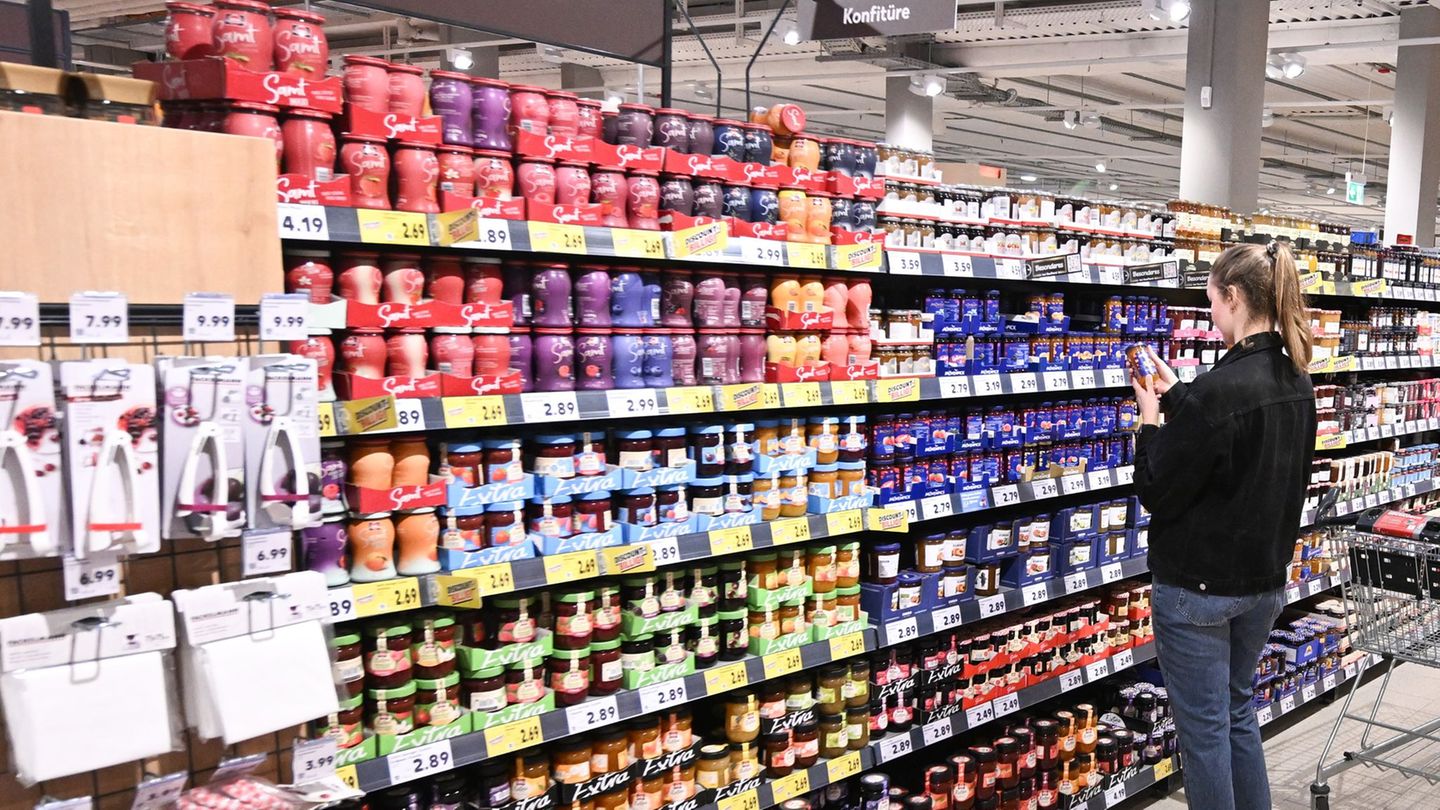As expected, the Minister of Economy, Sergio Massa, launched this Monday a new fixed exchange rate of $300 for soybean producers, which will be valid from April 8 to May 31.
It is a value of $88.7 above the official wholesale dollar, which is currently trading at $211.30, which is equivalent to a difference of 42% in favor of the producer. Although the economist from Grupo Broda Elena Alonso affirms to Ambit that “the price is within what was expected” is a value that is well above the 30% that had been set in previous versions of the soybean dollar (1 was $200 and 2 was $260).
Although, as explained by the director of Analytica, Claudio Caprarulo, taking the average of the estimate of the wholesale exchange rate in April and May made by the consultant, “the price offered for agriculture implies a improvement close to 35%which, de facto, means the elimination of withholdings”.
However, for the expert in economics and business adviser Salvador Di Stefano, the new price of soybean dollar “is very low because the price of a ton was, until last week, at $110,000 and now it is at $95,000″.
For his part, for the economist Fedeico Glustein, “the fixed price is going to be better received in the first months of the measure than at closing”, given that he considers that, with monthly inflation of 7%, and a crawling peg of 6%, when the regional economies seek to liquidate, they will pay very little for the difference between the two, and he warns that “inflation would have an impact on the pesos to be collected.”
fish.jpg
The measure seeks to help the president of the Central Bank (BCRA), Miguel Pesce, in the process of accumulating reserves.
In this sense, Glustein believes that an adjustment mechanism is lacking to maintain the record in the liquidation, although the desired effect is a shock that guarantees an inflow of dollars to lower devaluation expectations. And, on the other hand, he comments that special attention will have to be paid to the effect that the measure will have on the BCRA’s balance sheet.
“The objective is to achieve the liquidation of the close to 4 million tons remaining from the previous campaign and advance part of the current one. From Analytica, we estimate that with the new incentive the oilseed-cereal sector could contribute something more than US$6,000 million between both harvests during April and May,” Caprarulo calculates.
And it is that, although Massa affirmed that one of the objectives was “make Miguel’s job easier“(referring to Pesce, the president of the Central Bank (BCRA), helping him accumulate reserves at a time when he is having a hard time doing so, Glustein anticipates that the issuance to sustain this measure will be between 0.8% and 1.2% of GDP.
That impacts the central balance sheet, since it ensures that “it will increase liabilities, which will further overheat the quasi-fiscal deficit and, therefore, annual inflation.” Likewise, he anticipates that it could have a rate demand effect in the next tenders “.
Soybean dollar 3: this is how it incorporates regional economies
On the other hand, as anticipated by the minister, a part of the resources generated from the differential exchange rate will go to the field that can sustain exports to give a hand to the field that lost due to drought. As has been done with previous soybean dollar programs. “That is a virtuous circle that we have to build,” Massa highlighted in this regard.
Likewise, in line with what he himself had anticipated from the United States a few days ago, he confirmed that this third version of the soybean dollar incorporates the regional economies, a sector that he defined as “one of the largest employers in Argentina.”
In this regard, he indicated that from this Thursday to next Fridaydifferent actors from the regional economies to this new Export Increase Program (PIE). It was reported that these producers will have access to this differentiated exchange rate until August 30.
However, he marked a series of conditions that the different actors of the regional economies have to meet to be part of the program and receive a higher value than the official one: participate in the price program, guarantee employment and increase the export volume.
Source: Ambito




